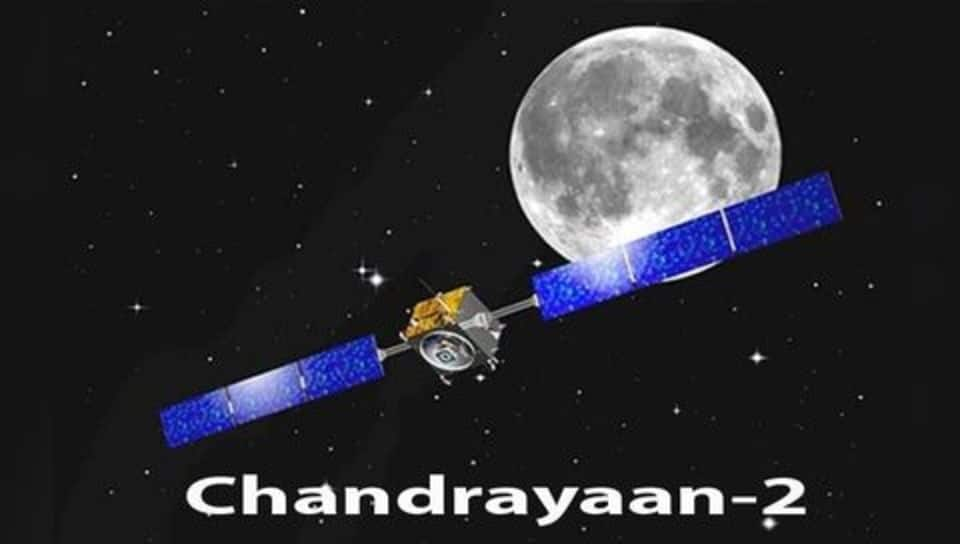
ISRO's Chandrayaan-2 mission to cost less than the movie 'Interstellar'
What's the story
The Indian Space Research Organisation's (ISRO) upcoming lunar mission, called Chandrayaan-2, to the moon's South Pole will be cheaper than the Hollywood movie Interstellar. While the mission is expected to cost Rs. 800 crore, the 2014 science-fiction movie had cost Rs. 1,062 crore (or $165 million). Here's more on the Indian space agency's first mission aiming to land a rover on a celestial body.
ISRO Speaks
How does ISRO do it?
Explaining the cost-effective nature of the mission, ISRO chairman K Sivan said, "Simplifying the system, miniaturizing the complex big system, strict quality control and maximizing output from a product make our space missions frugal." "We keep a strict vigil on each and every stage of development of a spacecraft or a rocket and, therefore, we are able to avoid wastage of products," he added.
Do you know?
Here is how much ISRO's Mars mission cost
Notably, ISRO's Mars Orbiter Mission (MOM) or Mangalyaan, which was launched in 2013, had cost just Rs. 470 crore, turning out to be cheaper than another popular Hollywood space movie Gravity which cost Rs. 644 crore (or $100 million).
Details
Chandrayaan-2 aims to soft-land moon rover on lunar surface
Chandrayaan-2, India's second lunar mission, is an indigenous project that will carry an orbiter, a lander, and a rover to the moon. The mission aims to soft-land the moon rover on the lunar surface and gather data through it for analysis. Unlike NASA's famous Apollo mission, ISRO will land the rover near the South Pole of the moon instead of its equatorial region.
Quote
Moon's South Pole has billion-year-old rocks: ISRO
K Sivan said, "We have chosen the landing site near the South Pole as it has big rocks that are billions of years old. Analyzing these rocks and the surface will help us explore the moon better and enrich our understanding of the universe."
Preparation
ISRO conducting simulation tests to prepare for the mission
For preparation, ISRO is conducting simulation tests on different components of Chandrayaan-2 in Bengaluru, Mahendragiri, and Chitradurga. As part of the tests, the space agency also created some artificial lunar craters to check hazard avoidance and landing capabilities. Slated to be launched between April and November this year, the mission aims to achieve the "perfect dawn-to-dusk landing and rover walk" to avoid moon eclipses.